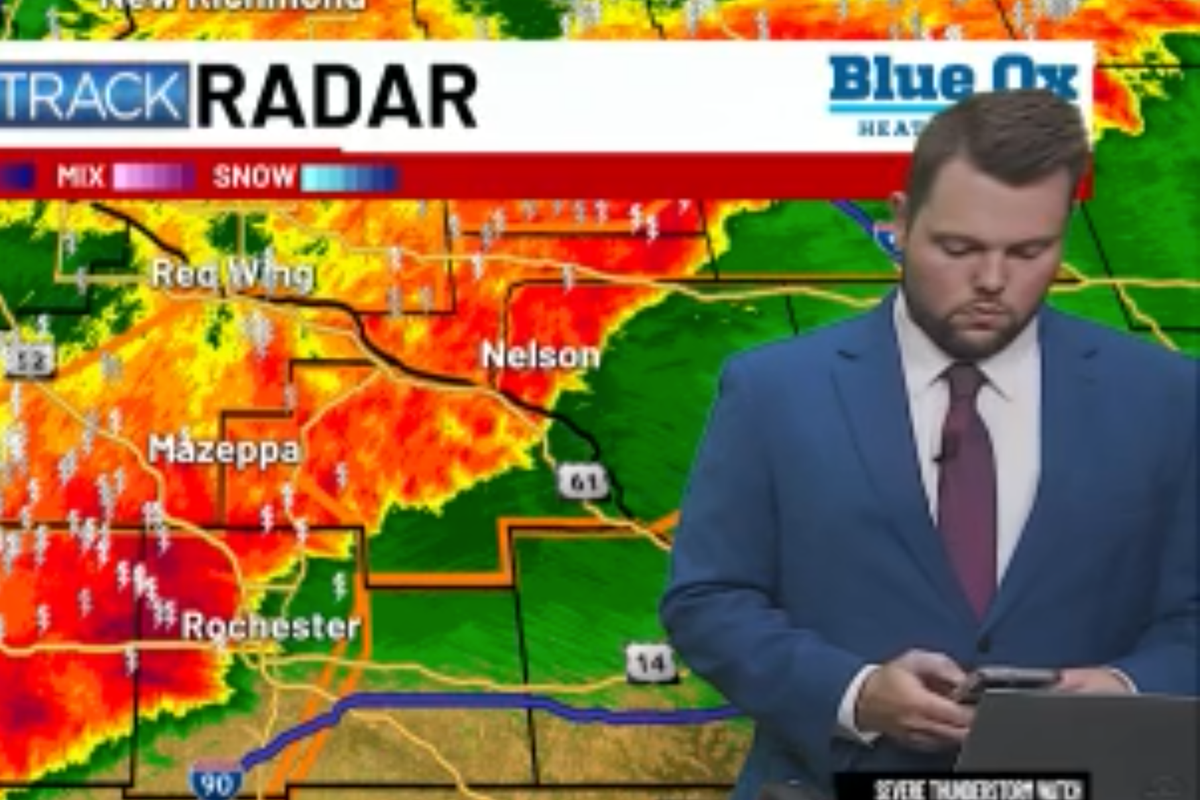What Is Handmade Business Insurance and Why Is It Necessary?

Handmade business insurance is an essential coverage that protects you against financial risks associated with your handmade products. This includes claims related to injuries or damages that may occur from your items. It’s not just about safeguarding your finances; many craft fairs and online platforms require proof of insurance for participation. Comprehending the specifics of this insurance can help you make informed decisions, ensuring you’re prepared for any potential liabilities in your crafting expedition.
Key Takeaways

- Handmade business insurance provides financial protection against claims related to product injuries or damages, crucial for crafters.
- It covers general liability, product liability, and property coverage, safeguarding against various risks associated with handmade goods.
- Participation in many craft fairs and markets often requires proof of insurance, making it essential for vendors.
- This insurance reduces the financial burden of potential lawsuits, allowing artisans to focus on creativity and sales.
- Affordable options exist, debunking the misconception that insurance is too costly for small makers.
Understanding Handmade Business Insurance

Comprehending handmade business insurance is vital for anyone selling handmade products. This type of insurance provides financial protection against claims related to the products you sell, covering both general and product liability.
It’s important for crafters without employees, as it safeguards you from the monetary consequences of injury or damage claims tied to your handmade goods. Coverage typically includes protection against third-party property damage, bodily injury, and issues arising from production flaws or design defects.
Moreover, liability insurance for craft vendors is often required for participation in markets and fairs, making it a key component for maintaining your business operations. Obtaining handmade business insurance can be a quick and straightforward process, ensuring you’re adequately covered.
Key Coverage Areas of Handmade Business Insurance

When you’re running a handmade business, comprehension of key coverage areas like liability protection and property insurance is crucial.
Liability protection safeguards you against claims for injuries or damages related to your products, whereas property coverage guarantees your equipment and inventory are protected from loss or damage.
Knowing these aspects helps you select the right policy to meet your business needs and legal requirements.
Liability Protection Essentials
Comprehending the key coverage areas of handmade business insurance is vital for protecting your craft enterprise. Liability protection is important, especially for events like craft shows where you need liability insurance. General liability insurance safeguards against third-party claims for injuries or damages on your premises. Product liability insurance covers claims from injuries related to defective products sold, providing peace of mind. Here’s a breakdown of vital liability coverage:
| Coverage Type | Description |
|---|---|
| General Liability | Covers bodily injury and property damage claims. |
| Product Liability | Protects against claims from defective products. |
| Medical Expense Coverage | Reimburses for third-party medical expenses. |
| Damage to Rented Premises | Covers accidental damages in rented spaces. |
| Artist Liability Insurance | Shields against claims of negligence affecting clients. |
Having these coverages guarantees you’re prepared for potential risks.
Property and Equipment Coverage
After securing adequate liability protection, it’s vital to contemplate property and equipment coverage as part of your handmade business insurance.
This coverage protects your tools, inventory, and materials from risks like fire, theft, or water damage, ensuring your production capabilities remain intact. With property and equipment coverage, you can safeguard manufacturing equipment, display items for craft fairs, and other business-related property.
Without this coverage, a compromised workspace or lost inventory can lead to significant financial loss, potentially halting your operations. Many craft business insurance policies additionally cover items in transit, protecting your products during transportation.
Having proper property and equipment coverage is critical for maintaining the financial health of your handmade business, allowing for a swift recovery from unexpected incidents.
Legal Requirements for Selling Handmade Crafts

When you sell handmade crafts, it’s important to understand the legal requirements that apply to your business.
Many craft fairs and markets require vendors to have insurance, particularly public liability coverage, to protect against claims from accidents or injuries.
Furthermore, you may need to comply with local business licenses and online marketplace regulations, which can vary based on your location and the platforms you choose to sell on.
Vendor Insurance Requirements
Have you ever wondered what insurance you need to sell your handmade crafts at events? Comprehending vendor insurance requirements is vital. Many craft fair organizers require proof of public liability insurance for artists to protect against claims of injury or property damage.
Here are three key points to reflect on:
- Check Event Requirements: Always verify specific insurance needs with event organizers, as they can vary by location.
- Evaluate Craft Fair Liability Insurance: This type of coverage is fundamental for protecting your business from potential lawsuits related to product defects or customer injuries.
- Online Marketplace Insurance: Some platforms require product liability insurance to cover claims from the sale of your handmade goods.
Being proactive about these requirements can safeguard your business effectively.
Online Marketplace Regulations
Steering through online marketplace regulations is fundamental for anyone looking to sell handmade crafts, as compliance not only protects you legally but also nurtures trust with potential customers.
Many platforms, like Etsy and eBay, require sellers to have liability insurance, making artist insurance coverage indispensable for your business. Furthermore, craft fair organizers often demand proof of insurance for craft fair vendors, which can extend to online sales.
Keep in mind that regulations vary by state, so it’s important to understand local laws regarding business licenses and insurance obligations. Although platforms like Facebook Marketplace may have fewer requirements, they limit your brand’s growth and protection against liabilities.
Prioritizing compliance helps guarantee a sustainable and reputable craft business.
Local Business Licenses
Steering through local business licenses is crucial for legally operating your handmade craft business, as these licenses guarantee compliance with local regulations.
Here are three important steps to follow:
- Register Your Business Name: Make sure to register your business name with the appropriate local authorities, as this is often a requirement.
- Pay the Necessary Fees: Be prepared to pay a fee that can range from $50 to several hundred dollars, depending on your location.
- Understand Local Zoning Laws: Check for zoning regulations that may affect your home-based business or craft production.
Without the proper licenses, you risk fines or penalties, underscoring the need for craft vendor insurance and artist insurance to protect your business.
Benefits of Having Insurance for Craft Sellers

During the process of exploring the domain of handmade business, having insurance can be a vital component to your success as a craft seller.
Crafters liability insurance offers you financial protection against claims related to injuries or damages caused by your products. This coverage is critical, especially when participating in craft fairs, as many organizers require proof of craft fair insurance to guarantee vendor safety.
With adequate insurance, you can focus on your creativity and sales without the constant worry of potential lawsuits disrupting your business. Furthermore, in case of an accident or product-related issue, your insurance can cover legal defense costs and settlement expenses, greatly reducing the financial risks associated with running a handmade business.
How to Obtain Handmade Business Insurance

How can you quickly secure handmade business insurance to protect your craft operations? Start by exploring online platforms that specialize in artisan coverage. Here’s how to get started:
- Request a Free Quote: Use an online form from providers like CraftCover or Thimble to receive customized options for your needs, including art vendor insurance or craft show insurance.
- Choose Your Coverage: Evaluate the policies available, making sure they meet your specific requirements for selling online or at craft fairs.
- Purchase and Get Instant Coverage: Once you select a policy, finalize your purchase and gain immediate access to your Certificate of Insurance, protecting your handmade products right away.
This streamlined process guarantees your business is well-covered without unnecessary delays.
Common Misconceptions About Craft Insurance

Although many crafters assume their homeowners insurance will cover their business activities, it’s important to understand that this type of policy typically lacks the necessary protection for handmade operations.
A common misconception is that only large businesses need craft insurance, but even small makers face risks that require coverage. Many believe they can operate without insurance; nevertheless, craft fair organizers often require proof of coverage to participate.
Furthermore, some artisans think handmade product insurance only covers physical injuries, but it likewise protects against claims related to design defects.
Finally, although there’s a perception that insurance is too expensive, customized policies can be affordable and provide crucial protection against unexpected incidents in your craft business.
Frequently Asked Questions

Do I Need Insurance to Sell Handmade Crafts?
Yes, you need insurance to sell handmade crafts. Many craft fairs and online marketplaces require proof of insurance to participate.
This coverage protects you from financial liabilities if someone is injured or if damages occur as a result of your products. Without insurance, you risk substantial costs that could harm your business.
Comprehending local regulations and ensuring you meet them is essential for maintaining compliance and enhancing your credibility with customers and vendors alike.
Do You Need Business Insurance for a Home Business?
Yes, you need business insurance for a home business.
Homeowners insurance usually doesn’t cover business-related liabilities or damages, leaving you vulnerable. If someone gets injured or property is damaged during your business activities, you could face significant financial loss.
Furthermore, many craft fairs and marketplaces require proof of insurance to participate.
Having business insurance safeguards your operations, ensuring you can focus on creating without worrying about unexpected legal or financial issues.
What Type of Insurance Do Crafters Need?
As a crafter, you’ll need several types of insurance to protect your business.
Start with general liability insurance, which covers bodily injury and property damage claims.
Product liability insurance is essential for safeguarding against injuries from your handmade products.
Furthermore, consider commercial property insurance to protect your inventory and equipment.
If you sell online, cyber liability insurance can help cover data breaches.
Assess your specific needs to choose the right coverage.
Should I Insure Myself or My LLC?
You should consider insuring your LLC rather than just yourself. By insuring your LLC, you separate personal assets from business liabilities, providing an added layer of protection.
An LLC typically requires general liability insurance to cover claims related to bodily injury or property damage.
If you operate as a sole proprietor, personal liability insurance is essential to safeguard your personal finances.
Evaluate your business structure to choose the right policy for your needs.
Conclusion

In conclusion, handmade business insurance is crucial for protecting your craft business from potential legal liabilities and financial losses. It covers key areas like product liability, ensuring you can sell your creations confidently. Since many markets and events require proof of insurance, having a policy boosts your credibility. To obtain this insurance, research various providers and choose a plan that fits your needs. Comprehending these aspects will help you focus on your creativity as you minimize risks.
Image Via Envato
This article, "What Is Handmade Business Insurance and Why Is It Necessary?" was first published on Small Business Trends
What's Your Reaction?
 Like
0
Like
0
 Dislike
0
Dislike
0
 Love
0
Love
0
 Funny
0
Funny
0
 Angry
0
Angry
0
 Sad
0
Sad
0
 Wow
0
Wow
0






























































































